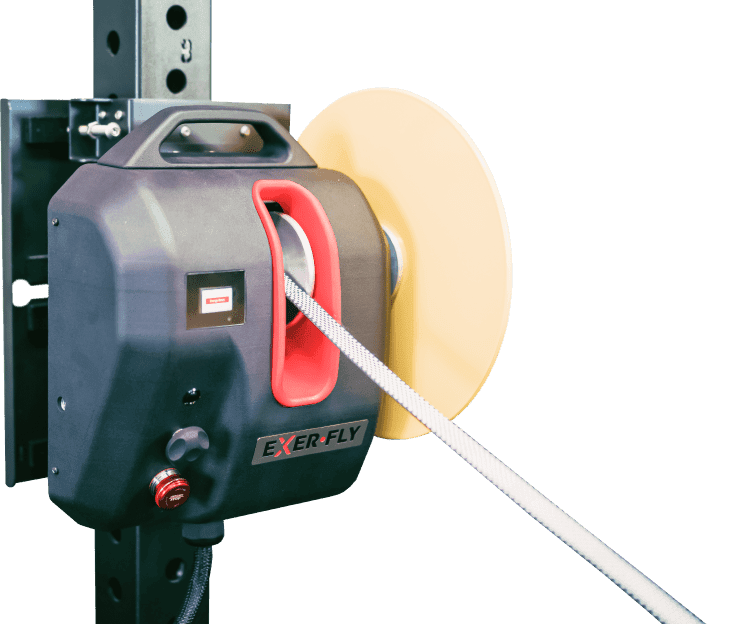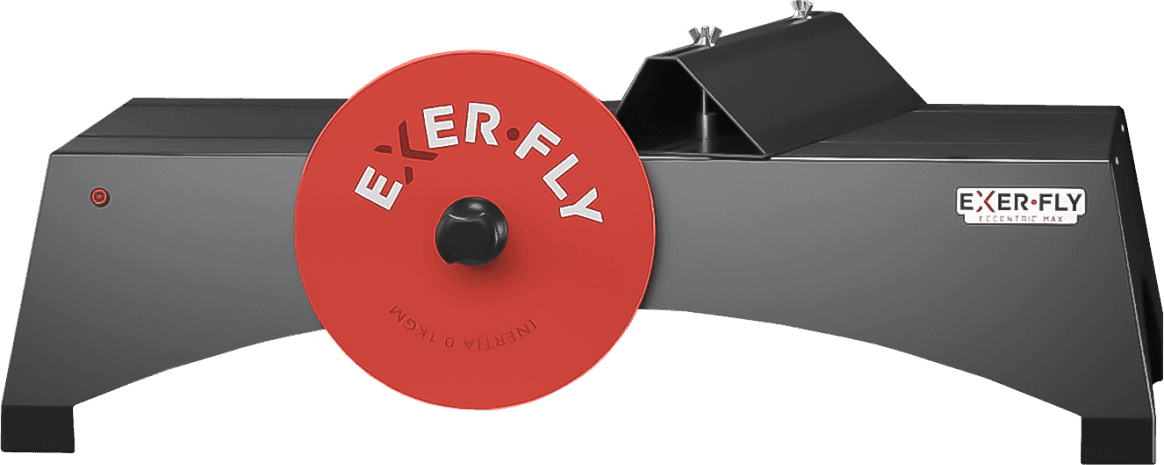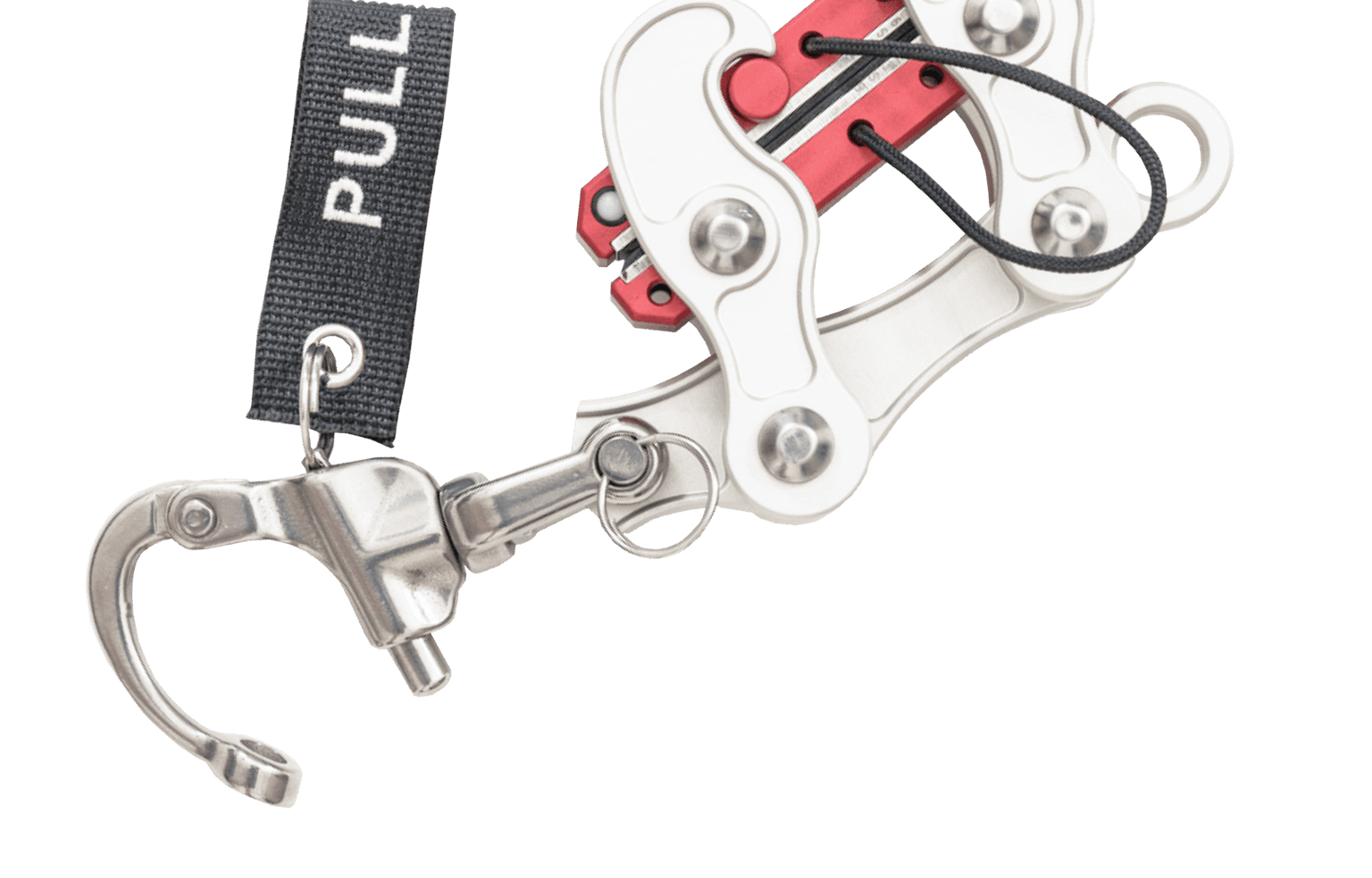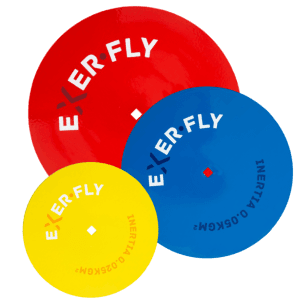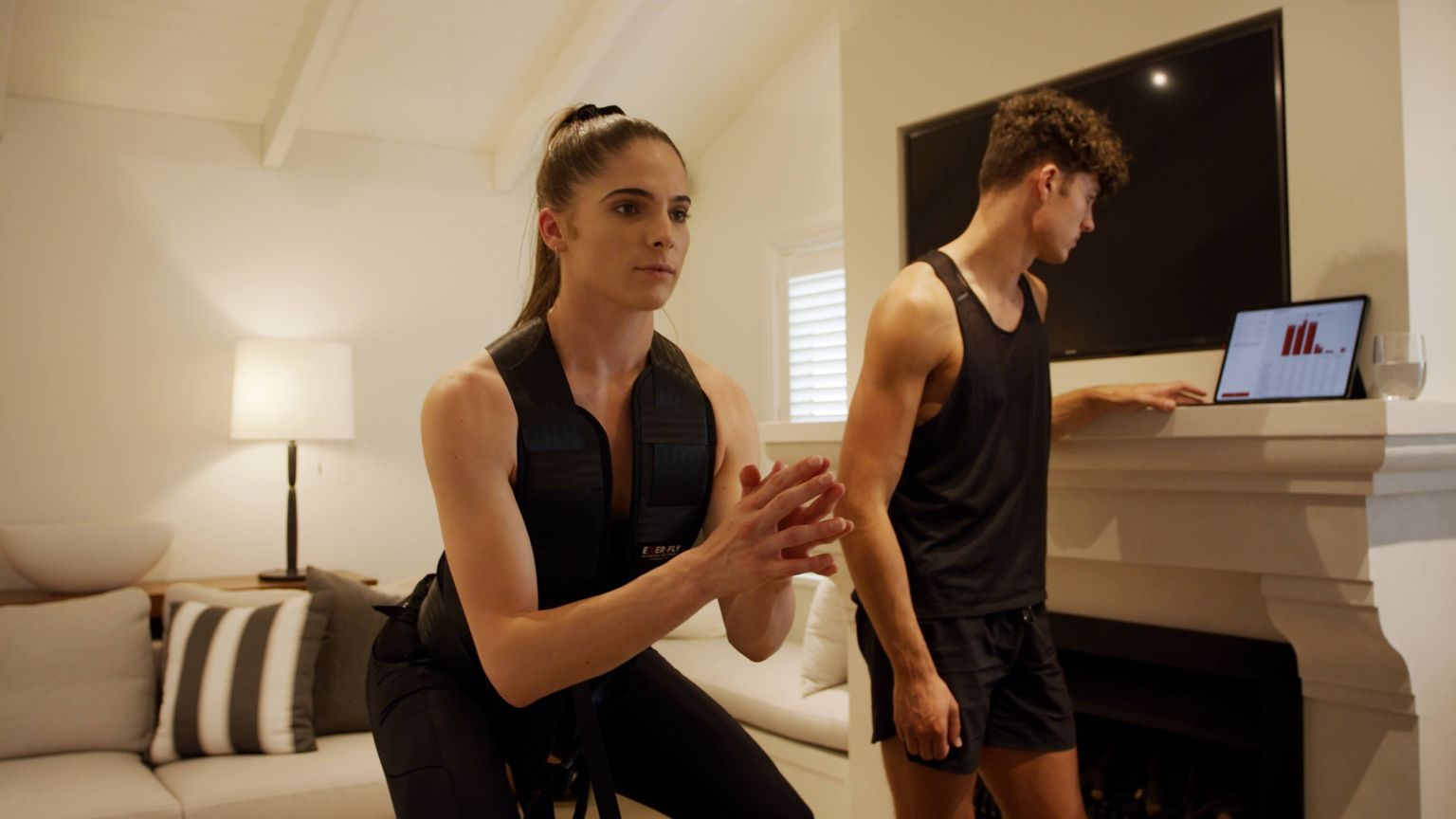
Rotational flywheel training in youth female team sport athletes: could inter-repetition movement variability be beneficial?
Introduction
Team sports require players to perform repeated bouts of high-intensity actions (HIA), such as sprinting, jumping, and cutting. While the frequency of HIA is usually higher during the first half of match-play situations, a decrease is observed towards the final moments.
Therefore, it is suggested that team-sports athletes need to maintain high levels of explosive muscular strength during the entire game, in both defense and offense. Any strength and power training program with team-sport athletes must enhance performance in HIA.
This study aimed to analyze the effects of an inter-repetition variable rotational flywheel training program (Variable) over standard rotational flywheel training (Standard).
What They Did
Twenty-four young (U-16) female basketball and volleyball players were selected from two teams to participate in this study. All participants were healthy, were currently free of any injury within the last three months, and had no previous history of injury or surgery that may affect their physical performance. All participants were randomly divided into Variable (n = 12, volleyball = 4, basketball = 8) or Standard (n = 12, volleyball = 8, basketball = 4) groups.
The training program lasted 6 weeks and was carried out in addition to the regular team sessions. The first two weeks (sessions 1 to 4) served as players' familiarization with training devices and exercises.
Subjects in both groups performed two weekly training sessions before in-court training sessions, after a standardized warm-up routine. Typical training sessions consisted of 1 set of three different unilateral exercises, backward lunges (1 set of 5 repetitions each leg), defensive-like shuffling steps (1 set of 6nrepetitions each leg), side-step (1 set of 5 repetitions each leg) using a portable isoinertial flywheel training device attached to a hip belt worn by the athlete.
All exercises started with the dominant leg and were executed in the same sequential order in every session (backward lunges, defensive-like shuffling steps, and side-step).
Players were encouraged to perform the concentric phase as fast as possible while delaying the braking action to the last third of the eccentric phase. After completing the pre-established number of repetitions with one leg, the subjects change the execution leg within the set without stopping.
Three minutes of passive recovery were provided between sets and exercises. The Standard group performed all repetitions in the same direction as previously described. In contrast, the Variable group, before each concentric phase, was verbally instructed by the main researcher to perform the movement in one of the three directions (1 =45° Right; 2 = 0°; 3= 45° Left) in random order.
These directions were selected based on pilot studies where this setting achieved adequate movement performance without detrimental loss of balance. No direction was repeated more than three times.
What They Found
Researchers found that both training methods support the hypothesis that variable rotational flywheel training could be more beneficial in the physical and patellar conditions.
Jumping, sprinting, and cutting use the stretch-shortening cycle (SSC), where an eccentric action (i.e., muscle lengthening) precludes a concentric action (i.e., shortening). With the present findings in mind, resistance training with eccentric overload might induce gains at mechanical, morphological, and neuromuscular levels, consequently increasing eccentric coordination and enhancing SSC performance.
Practical Application
Rotational flywheel training is becoming increasingly popular in team-sports training programs, especially if the goal includes the improvement of HIA. The results of this study highlight the importance of this training device for youth female team-sports athletes, especially to improve physical abilities and patellar condition.
Movement fluctuations through verbal instructions could be included to enhance force absorption ability and maneuverability (i.e., multiple modes of change-of-direction movements, such as defensive shuffling, backpedaling, and changes of direction).
Therefore, practitioners should consider inter-repetition variability induced by verbal instruction to generate movement variability and promote distinct neuromuscular and neurophysiological adaptations. If you are a practitioner looking to improve the performance of your players or simply want to understand more about the benefits of flywheel training for athletes, book a free consultation with our team. We can discuss which Exerfly device fits your outcomes best.
Reference
Arede, J., Gonzalo-Skok, O., Bishop, C., Schöllhorn, W. I., & Leite, N. (2020). Rotational flywheel training in youth female team sport athletes: could inter-repetition movement variability be beneficial?. Journal of Sports Medicine and Physical Fitness, 60(11), 1444-1452.


